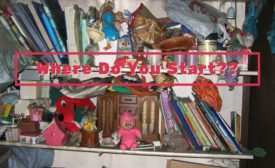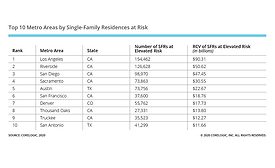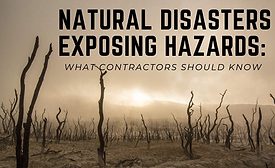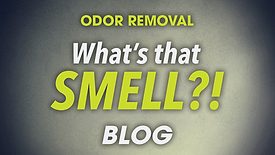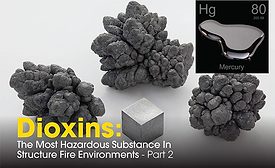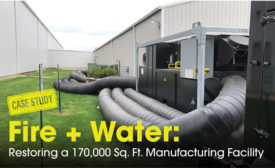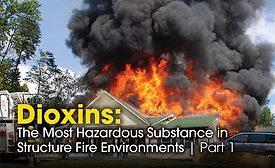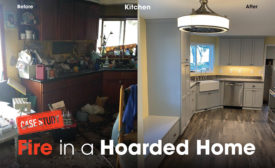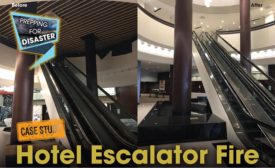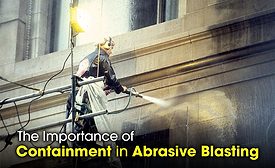Fire and Smoke Damage Restoration
Nearly 2 Million Homes at Elevated Risk of Wildfire Damage According to CoreLogic
Wildfires threaten the West
September 30, 2020
Case Study
Fire + Water: Restoring a 170,000 Sq. Ft. Manufacturing Facility
August 25, 2020
Stay ahead of the curve with our eNewsletters.
Get the latest industry updates tailored your way.
JOIN TODAY!Copyright ©2025. All Rights Reserved BNP Media.
Design, CMS, Hosting & Web Development :: ePublishing
